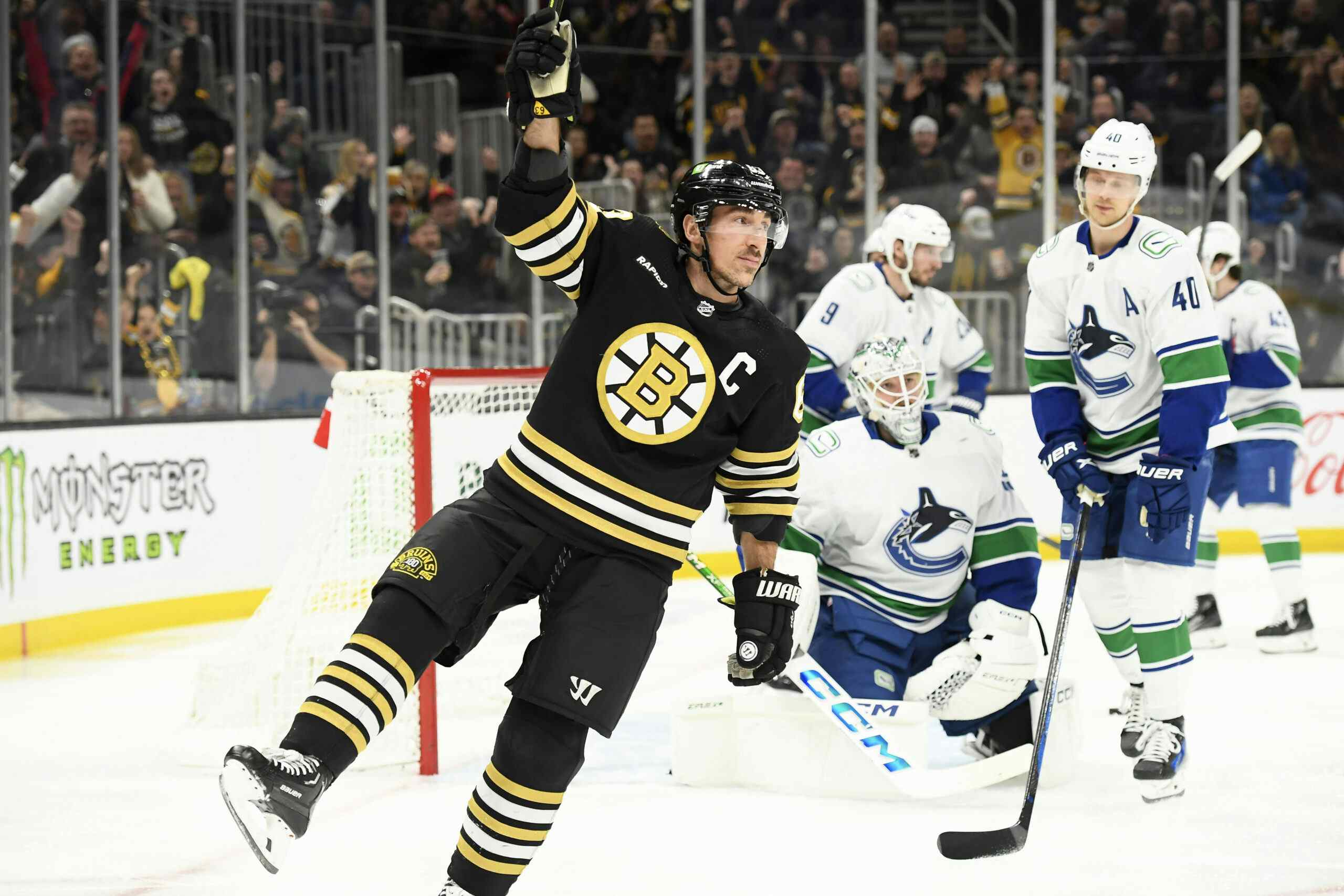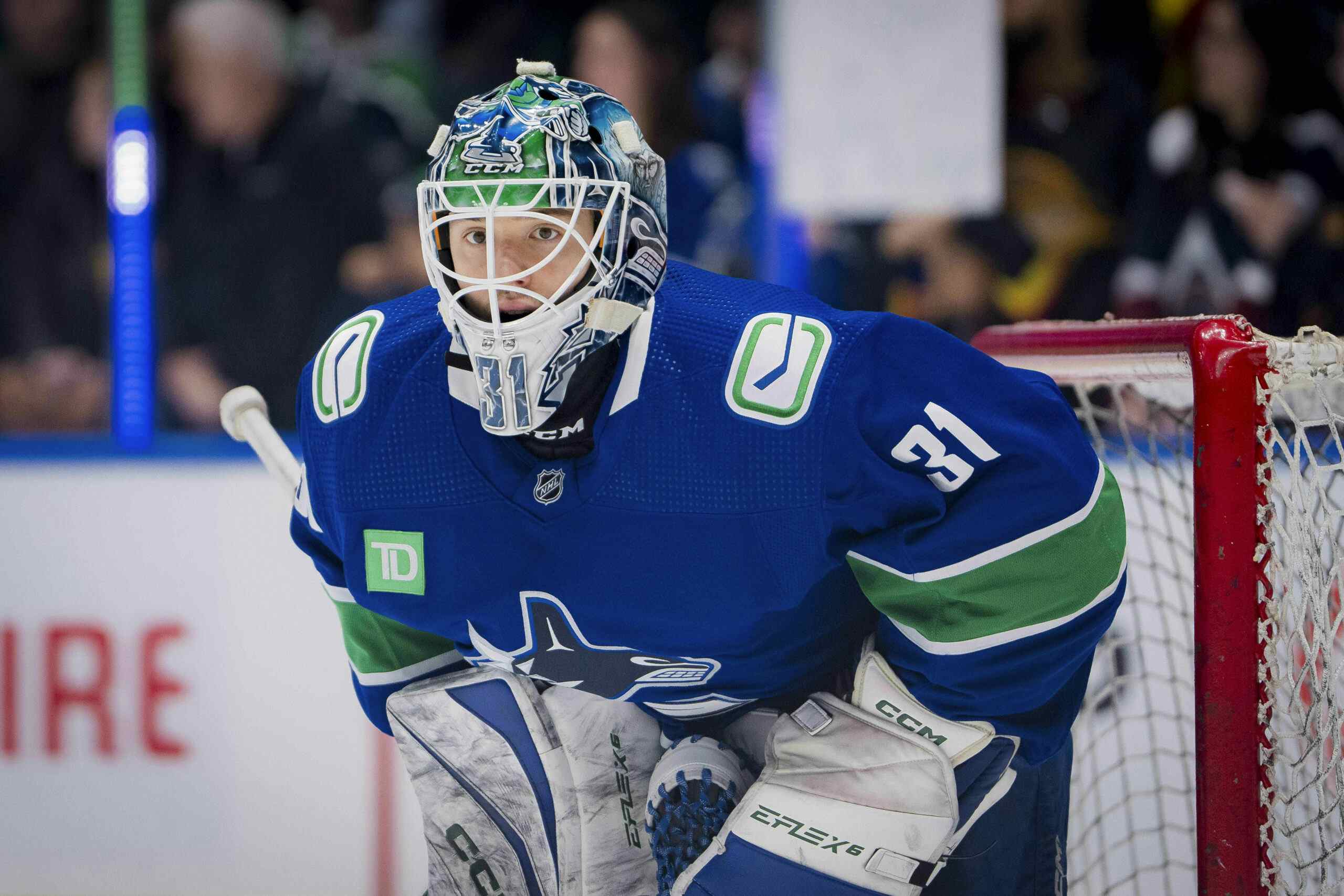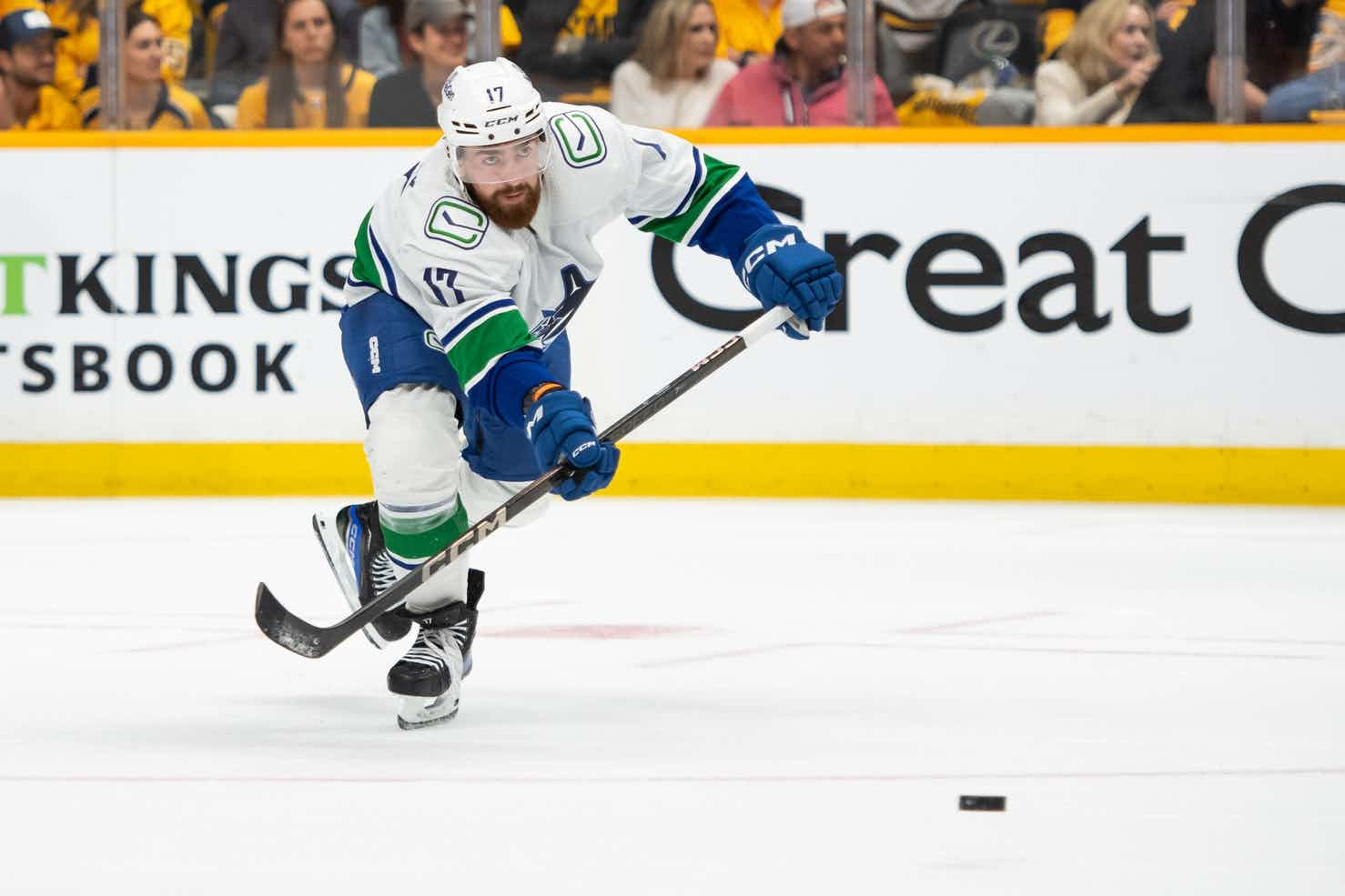Charting the Development of the Canucks Top Forward Prospects
By money puck
8 years agoThe team at Canucks Army has been pretty busy pumping out a lot of content on the Prospect Cohort Success % (PCS%) and PCS points per game (PCS p/GM). For primer on these new stats see the piece Josh Weissbock published earlier this week.
In general, the PCS system finds the closest matches for a particular player in terms of age, league, height, and points, then calculates the percentage of that player’s peers who play over 200 NHL games (PCS%) and the NHL points per game of those peers who successfully made the NHL (PCS p/GM). I argued recently, that when evaluating prospects we can use PCS% to evaluate the risk of a player not making the NHL, and PCS p/GM to estimate the reward associated with the player in terms of NHL scoring potential.
The elegance of this model, is it allows you to track prospect development over team, by reassessing their PCS% and PCS p/GM after each season in what we call PCS% Development Curves.
After the jump I’ll review the PCS% Development Curves for the top Canucks Forward Prospects.
Bo Horvat – 9th Overall Pick in the 2013 NHL Draft

The first player I want to profile is Bo Horvat, not because he’s still a prospect, but because his development curve is shows exactly the type of growth you hope to see from one of the top prospects in the Canucks system. As has been discussed a fair amount, Horvat’s offensive production in his 17 year-old season raised red flags for many here at this blog. The graph illustrates the concerns many of us had, as at that time his closest peer’s turned into NHLer less than 1 in 5 times (PCS% 19%0. When they were successful they scored at an average of 33 points over an 82 game schedule. This isn’t the stat line you’re hoping for with a top pick in a relatively strong draft. However, Horvat has steadily improved each year, and was excellent in his rookie year with the Canucks. His peers based on his latest season went on to successful (ie over 200 NHL game) seasons 81% of the time and averaged 47 points over a full 82 game schedule. This, on the other hand, is exactly what you hope to see from a top pick in a good draft in their 19 year old season.
Alex Grenier – 90th Overall Pick in the 2011 NHL Draft

At the time Grenier was drafted, he wouldn’t have been considered a low risk pick with a draft year PCS% of only 8%, however his PCS% steadily increasing each year. Roughly 1 in 5 similar players to him went on to play 200 NHL games, which isn’t bad considering his odds when he was drafted. His PCS p/GM of 0.36 projects to be 30 points a year over an 82 game schedule, which would be a serviceable bottom six player for the Canucks.
Hunter Shinkaruk – 24th overall pick in the 2013 NHL Draft

Hunter Shinkaruk probably isn’t discussed as much as he should be, probably because of the injury last year which derailed his 18 year-old season. As we can see from the chart above, he’s rebounded a bit this year in the AHL, despite playing under a short leash for Travis Green. It will be very interesting to see how he develops next year, whether it be in Utica or Vancouver.
Nicklas Jensen – 29th overall pick in the 2011 NHL Draft

Jensen has a very interesting curve. In his draft year, his 0.52 p/GM showed some the potential of a top 6 forward, but that has decreased ever since, with the exception of his short stint in the NHL last season. This seems to confirm management’s position that if Jensen will make it in the NHL it will be in a bottom six role. While he did show promise last year in his NHL stint, overall its looking like he is in a position not too dissimilar from that of Alex Grenier.
Cole Cassels 85th overall pick in the 2013 NHL Draft

Cole Cassels has been getting a ton of press lately with his strong play in the memorial cup. What we see in his development curve is encouraging as well, with steady increase to his PCS% and PCS p/GM. As it stands now, almost 1 in 4 of his comparables went on to successful NHL careers, averaging the equivalent of 37 points a year, which means he likely has middle 6 potential, if he makes it. Next year will be a huge year for Cassels as if he can establish himself in the AHL it will bode very well for his potential career as an NHLer in the future.
Jared McCann – 24th overall pick in the 2014 NHL Draft

McCann is similar to Shinkaruk in that he had a rock-star 16 year-old season. In his draft year, his PCS% dipped a little as the focus was on him playing a two way game as the top defensive center on his team, but its that dip that probably helped him slide to the Canucks at 24. As we’ve seen this past year, his offensive output has exploded on a stacked Greyhounds team, and he very much looks like a solid, middle-six potential prospect.
Jake Virtanen – 6th Overall Pick in the 2014 NHL Draft

I’ve been pretty clear in my thoughts on the Virtanen pick, so I’m not going to go into the high opportunity cost associated with this pick. However, when looking at the PCS curve we do get a glimpse of what management saw which we may have potentially missed, specifically his high 0.6 PCS p/GM in his 16 and 17 year old seasons. This means that his peers that made it to he NHL averaged roughly 49 points over a full 82 game season, which does suggest that 1st line upside is not out of the question for him, assuming he’s able to crack the NHL. Obviously, this year he struggled due to injury, but he’s shown promise of late, averaging 1.75 shots/game in his 4 playoff games with Utica thus far.
Brendan Gaunce – 26th Overall Pick in the 2012 NHL Draft

Gaunce actually had a pretty solid draft year, with a 27% PCS, and a PCS p/GM which would equate to 41 points over an 82 game schedule, but both metrics declined in his draft +1 and draft +2 season, which is why his bounce back AHL rookie season is encouraging. With only 1 out of 4 of his comparables turning into NHLers, Gaunce has a long way to go, and his PCS p/GM of .34 indicates that he likely only has bottom 6 upside at this stage.
Sven Baertschi – 13th Overall Pick in the 2011 NHL Draft

When Jim Benning traded a second round pick for Sven Bartschi, most of at Canucks Army were pretty excited about the move, and the graph above illustrates why. Over the past 5 seasons, Bartschi’s PCS p/GM has consistently been in the 0.48 – 0.62 range, when including his NHL date, meaning that his peers that made it scored on average in the 40-50 point range, which is top 6 potential. Further, he’s played a significant amount of time in the NHL over the past three season, which bodes well for his potential as an NHLer. Considering the majority of second round picks in the NHL don’t amount to NHLers, acquiring a player of Bartschi’s age and potential is a shot in the arm for the Canucks prospect depth.
Conclusion
PCS as a model will continue to evolve as we layer in more and more factors. Today’s iteration only includes age, point production, height and league, so in many ways it’s a rudimentary tool. That said, the progress we’re making in being able to assess prospects and prospect development is encouraging. We’ve come a long way, but we still have a long way to go. As we add more layers of complexity, our projections will continue to get better.
Recent articles from money puck





